Kate Spencer, member of the entanglement network and owner of Fast Raft Ocean Safaris, was first on scene and Marine Life Studies' Whale Entanglement Team (WET)® arrived shortly thereafter in our Whale Rescue Research Vessel. WET℠ crew included Stephanie Marcos, Winnie Mulé, Connie Sanchez, Serge McCabe Verriele, and Peggy Stap. Kate had to return to port with her passengers so WET℠ stayed with the whale to monitor and do assessment of the entanglement while the rest of the network team responders assembled. While observing the humpback whale, it began feeding in a typical manner called lateral lunge feeding. This is where the whale pushes fish to the surface and lunges through a shoal of prey with its mouth gaping open, exploding at the surface on its side. The Monterey Bay National Marine Sanctuary is a primary feeding ground for humpback whales and many other species of whales and dolphins. Click here to see video of the entangled whale feeding.
Scott attached the telemetry buoy to the fishing gear trailing behind the whale with the help of Karin; and JD's excellent skills as captain (photo left). They proceeded to capture underwater footage of the blue steel line that was wrapped under the tail stock of the whale and over top of its fluke. Scott then boarded our Whale Rescue Research Vessel to view the video he shot and photos of the whale taken during our assessment. Stephanie took screen shots of the video showing the entanglement (photos below). Then she sent them to NOAA and Pieter Folkens, our Level 4 for northern California to review. Scott conferred with NOAA entanglement specialists, Jamison Smith, Justin Viezbicke, and Ed Lyman along with Pieter to develop the protocol for cutting the line free. Every entanglement is different, so careful planning is needed to ensure the safety of the whale and the responders during the cutting process. Once the protocol to make the cut that would free the entangled humpback from the crab pot line and buoys was carefully planned, Scott was given the go ahead to proceed. The whale had continued traveling south and was now south of Pt. Lobos. While we continued to monitor the entangled whale we had a surprise - a fin whale surface next to the it. Click here to see video of fin whale surfacing. Once Scott received the authorization from NOAA to make the cut, the specialized cutting tools were then transferred from our Whale Rescue Research Vessel to the ZHT rib where Scott, Karin, and JD prepared the tools and approached the whale to make the cut. The plan was successful and Scott was able to make the cut that freed the whale. It was an exciting moment for all of us to see the humpback whale continue swimming south free of the gear. Hooray! Responders involved in this rescue included Fast Raft Ocean Safaris, Marine Life Studies' Whale Entanglement Team (WET)℠, Moss Landing Marine Laboratories, NOAA Southwest Fisheries Science Center, and Talbot Films. Responders are all members of the CWR network. This whale rescue was performed under NOAA's Marine Mammal Health and Stranding Response Program Permit #18786. We want to thank fisherman Calder Deyerle and his 5-year old son, Miles, for staying with the whale until rescuers arrived as that is so important and made this a successful disentanglement that freed the whale. Thank you Calder and Miles! If you see an entangled whale, please call 877-SOS-WHALE or hail the USCG on Ch 16. Additional photos below:
0 Comments
Leave a Reply. |
AuthorWrite something about yourself. No need to be fancy, just an overview. ArchivesCategories |
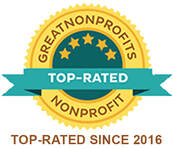
© Marine Life Studies. All rights reserved.
PO Box 163, Moss Landing, CA 95039
[email protected]
Marine Life Studies is a 501(c)(3) nonprofit organization, founded in 2006.
EIN #: 27-0318674
PO Box 163, Moss Landing, CA 95039
[email protected]
Marine Life Studies is a 501(c)(3) nonprofit organization, founded in 2006.
EIN #: 27-0318674

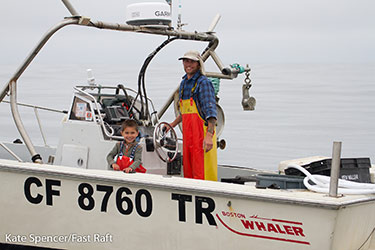
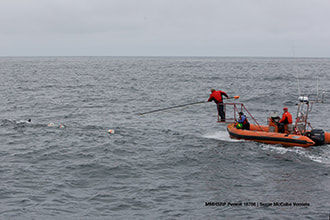
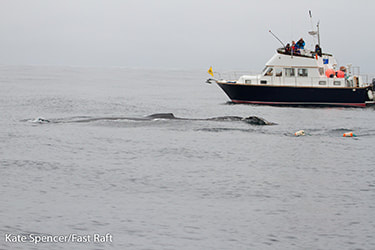
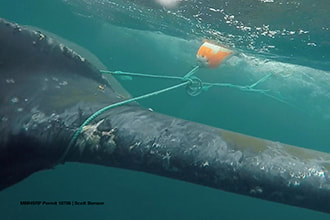
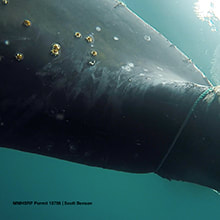
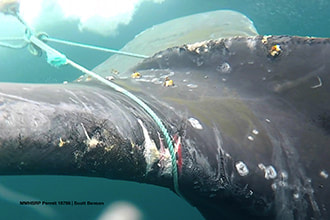
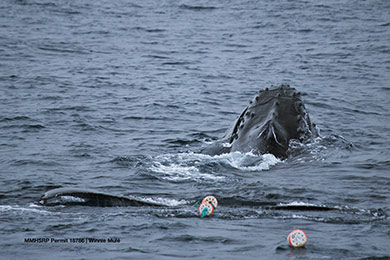
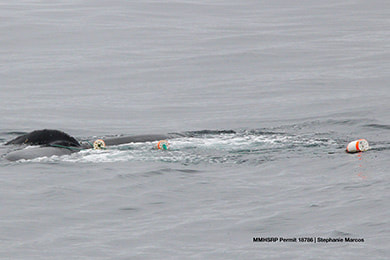
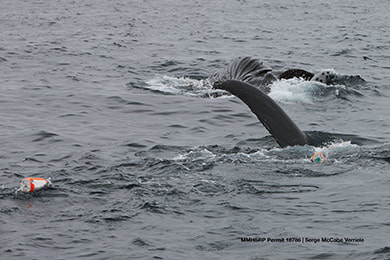
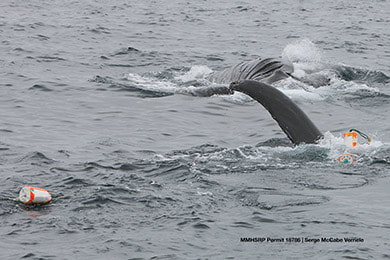
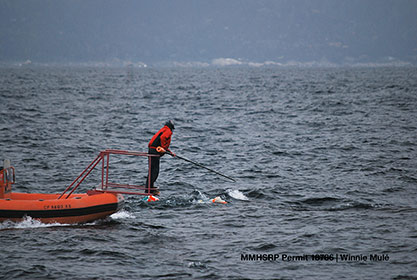
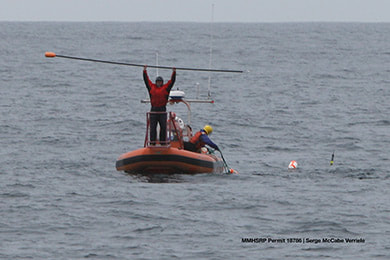
 RSS Feed
RSS Feed